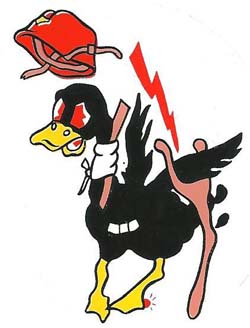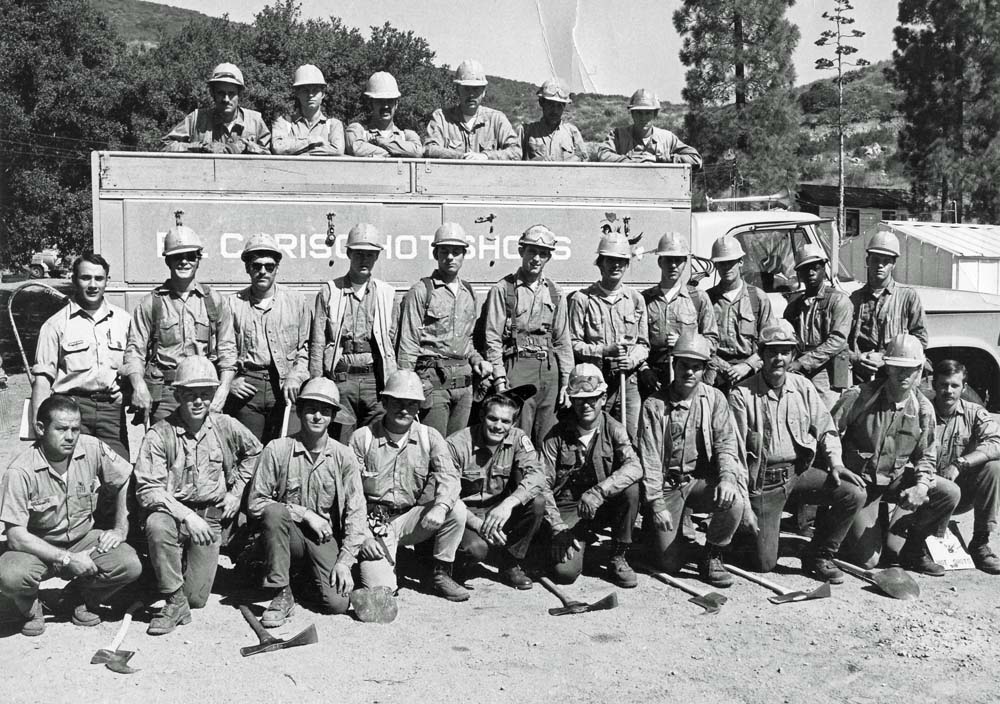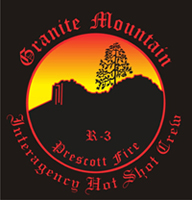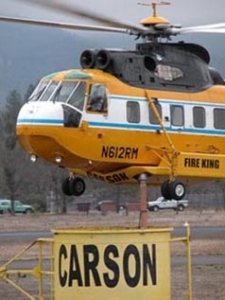A law enforcement officer wrote an article about the fitness standards and programs for interagency hotshot crews. Jim Vaglica is a full-time police sergeant on call 24/7 with a regional SWAT team in the Boston area. He is a strength and conditioning specialist, a police sergeant, and is a cast member of Mark Burnett’s “Expedition Impossible”. The article was published by Bodybuilding.com.
In describing hotshots, he said, “If I had to relate it to my own professional background, I’d say it’s the difference between a squad of police officers and a SWAT team.”
Below are more excerpts from the article:
****
“THIS IS UNIQUE WORK. WHAT SORT OF STRENGTH DOES IT DEMAND?
Unlike fighting structure fires, where brute strength is paramount, the physical demands of wildland firefighting are vastly different. You’re not going to be carrying a 200-pound man down a flight of stairs and out of a burning building. No one on the crew gives a crap “How much ya bench?” All they care about is that you can swing a tool all day without bitching and moaning, and then get up the next day and do it again. If you look at most hotshot crews, you’ll see a lot of slender builds. Excessive muscle mass doesn’t get you anywhere. It just slows you down.
WHAT IS THE TOUGHEST PART OF THE JOB?
When you’re actually fighting a fire, the almost unbearable conditions seem to have no end. After a few hours of working in 110-degree heat with no shade, you may start to think that there’s no way you can finish the day, but you know that everyone else on your crew is suffering too. You just push through it for the guys on either side of you. If you go down, they’ll have to pick up your slack. When you’re in the middle of nowhere punching in line, you can’t just jump in your car and go home. You take another big swig of hot water, you deal with it, and you keep going.”








